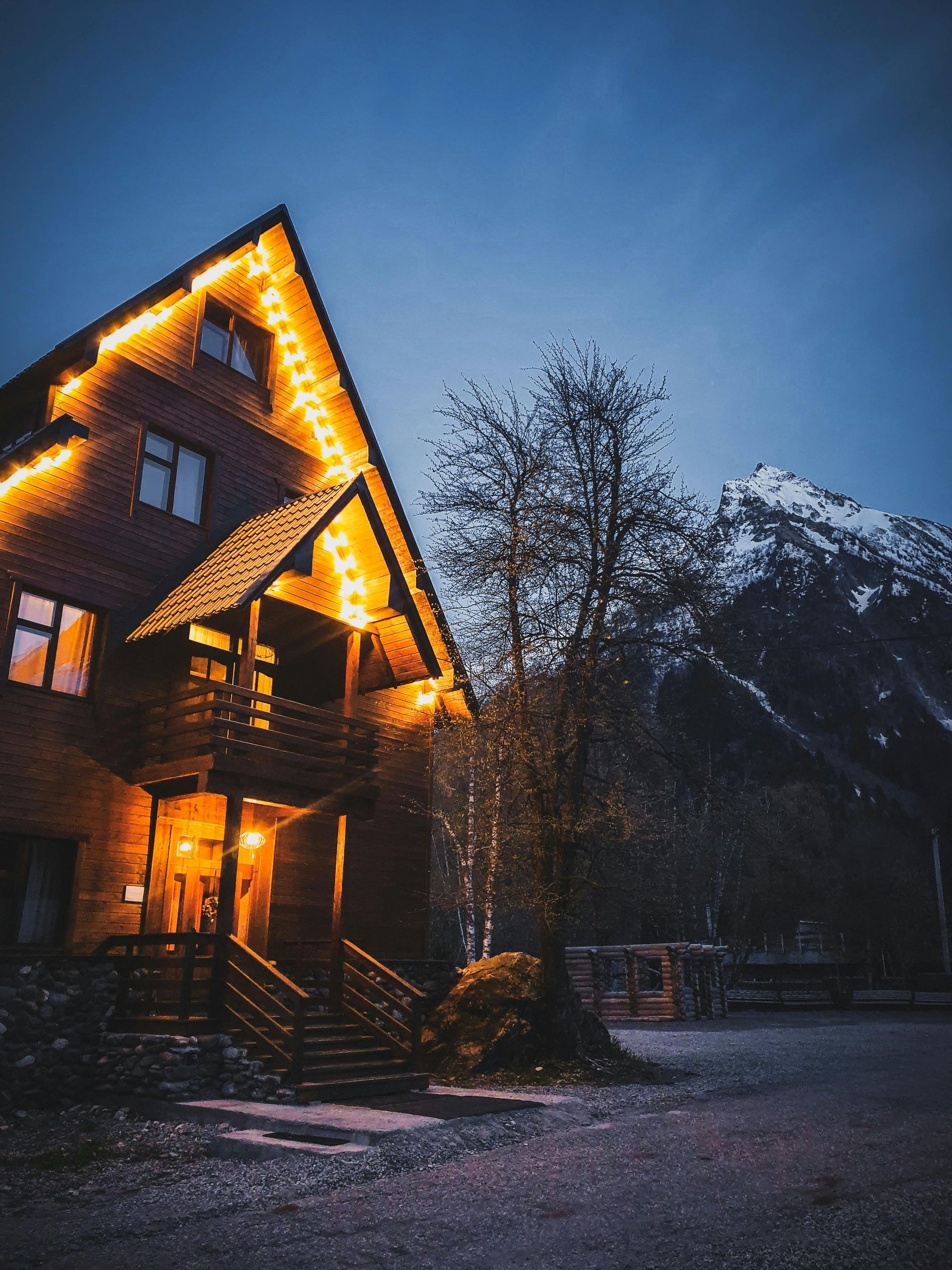A Homeowner's Guide to Roof Leak Detection and Prevention
That ominous, brownish spot appearing on your ceiling is a homeowner's worst nightmare. A roof leak is more than just a minor annoyance; it’s a silent threat that can lead to catastrophic damage, including rotted framing, ruined insulation, dangerous mold growth, and thousands of dollars in repairs. By the time you see a drip, the problem has likely been developing for weeks or even months.
Here in Central Texas, our roofs are constantly under assault from intense sun, torrential downpours, and severe storms. At Graduate Contracting, we know that the key to avoiding a water-damage crisis is proactive detection and prevention. This guide will empower you to identify the subtle, early warning signs of a leak and take the necessary steps to protect your home before major damage occurs.
The Detective Work: Spotting a Leak Before It Drips
Leaks rarely start as a steady stream of water. They begin with subtle clues that are easy to miss if you’re not looking for them. Becoming a "leak detective" can save you a fortune.
Your Indoor Inspection (Look Up!):
- Discoloration on Ceilings or Walls: This is the most classic sign. Look for faint, brownish, or yellowish stains on your ceilings, especially in corners and near light fixtures. Also, check the top of your walls for streaks or stains running down from the ceiling.
- Peeling or Bubbling Paint: When water saturates drywall, it causes the paint to lose adhesion, leading to bubbling, blistering, or peeling. If you see this on a ceiling, a leak is a primary suspect.
- A Musty Odor in Upper Rooms: A persistent, musty smell, particularly in rooms on the top floor or in closets, often indicates the presence of hidden moisture and the beginning of mold or mildew growth from a slow leak.
- The Attic Check: Your attic is ground zero for leak detection. On a bright, sunny day, safely go into your attic, turn off the lights, and look for any pinpricks of daylight coming through the roof deck. Then, with a good flashlight, scan the underside of the roof for dark streaks, water stains on the wood, or damp, compressed, or moldy insulation. Pay close attention to the areas around vents, pipes, and chimneys.
Your Outdoor Inspection (From the Ground):
- Damaged or Missing Shingles: Using binoculars, safely scan your roof from the ground. Look for shingles that are cracked, curled at the edges, or missing entirely. Each compromised shingle is a potential failure point.
- Compromised Flashing: Flashing is the metal material installed around chimneys, skylights, vents, and in roof valleys. This is the most common source of leaks. Look for any signs of rust, cracking in the sealant around the flashing, or pieces that look bent or pulled away from the roof.
- Clogged Gutters and Downspouts: Gutters are a crucial part of your roofing system. If they are clogged with leaves and debris, water can back up and pool along the edge of your roof, seeping under the shingles and into your home.
- Roof Debris in the Yard: Finding pieces of shingles or roofing materials in your yard after a storm is a clear sign of damage that needs immediate attention.
The Strategy: Proactive Leak Prevention
The best way to fix a leak is to prevent it from ever happening. A proactive strategy is your best defense.
- Schedule Regular Professional Inspections: A trained roofing professional can spot subtle signs of wear and tear that an untrained eye would miss. We recommend a professional inspection at least once a year and after any major weather event (like a hailstorm).
- Maintain Your Gutters: Clean your gutters at least twice a year—in the late spring and late fall. Ensure they are free of debris and that water can flow freely away from your home's foundation.
- Trim Overhanging Trees: Keep tree limbs trimmed back and away from your roof. This prevents leaves from accumulating on the roof surface (which traps moisture) and eliminates the risk of a heavy branch falling and causing significant damage during a storm.
Don't Wait for a Disaster—Call the Experts
If your detective work uncovers any of the warning signs above, it’s crucial to act fast. A small stain can escalate into a ceiling collapse in a surprisingly short amount of time.
The team at Graduate Contracting specializes in comprehensive leak detection and repair. We don't just patch the symptom; we trace the water trail back to its source to perform a lasting, professional repair. Our experts will assess the condition of your shingles, flashing, and underlayment to ensure your entire roofing system is secure and watertight.
Protect your home and your peace of mind. If you've spotted any signs of a potential leak, or if you're ready to be proactive with a professional inspection, contact Graduate Contracting today.


